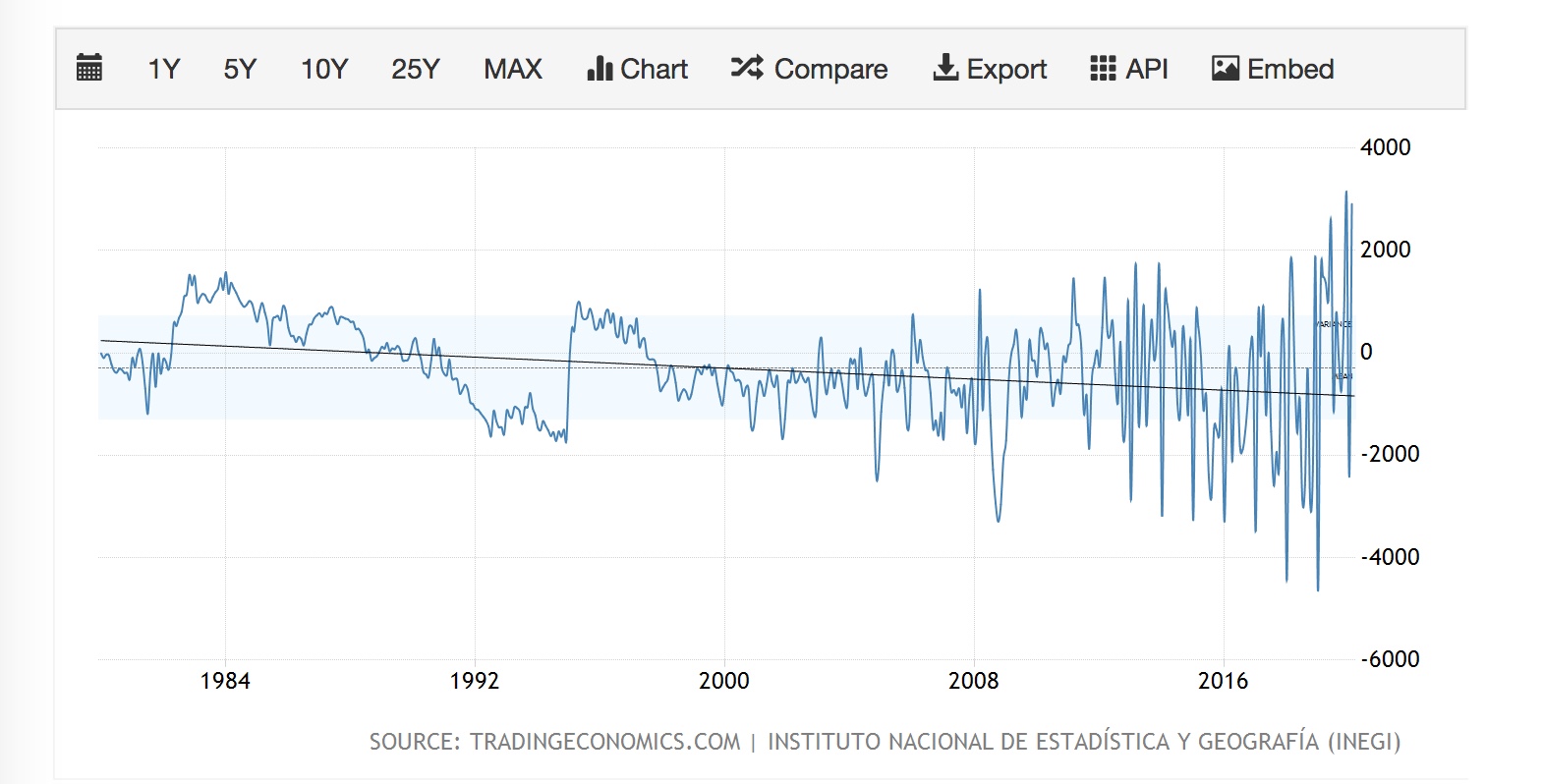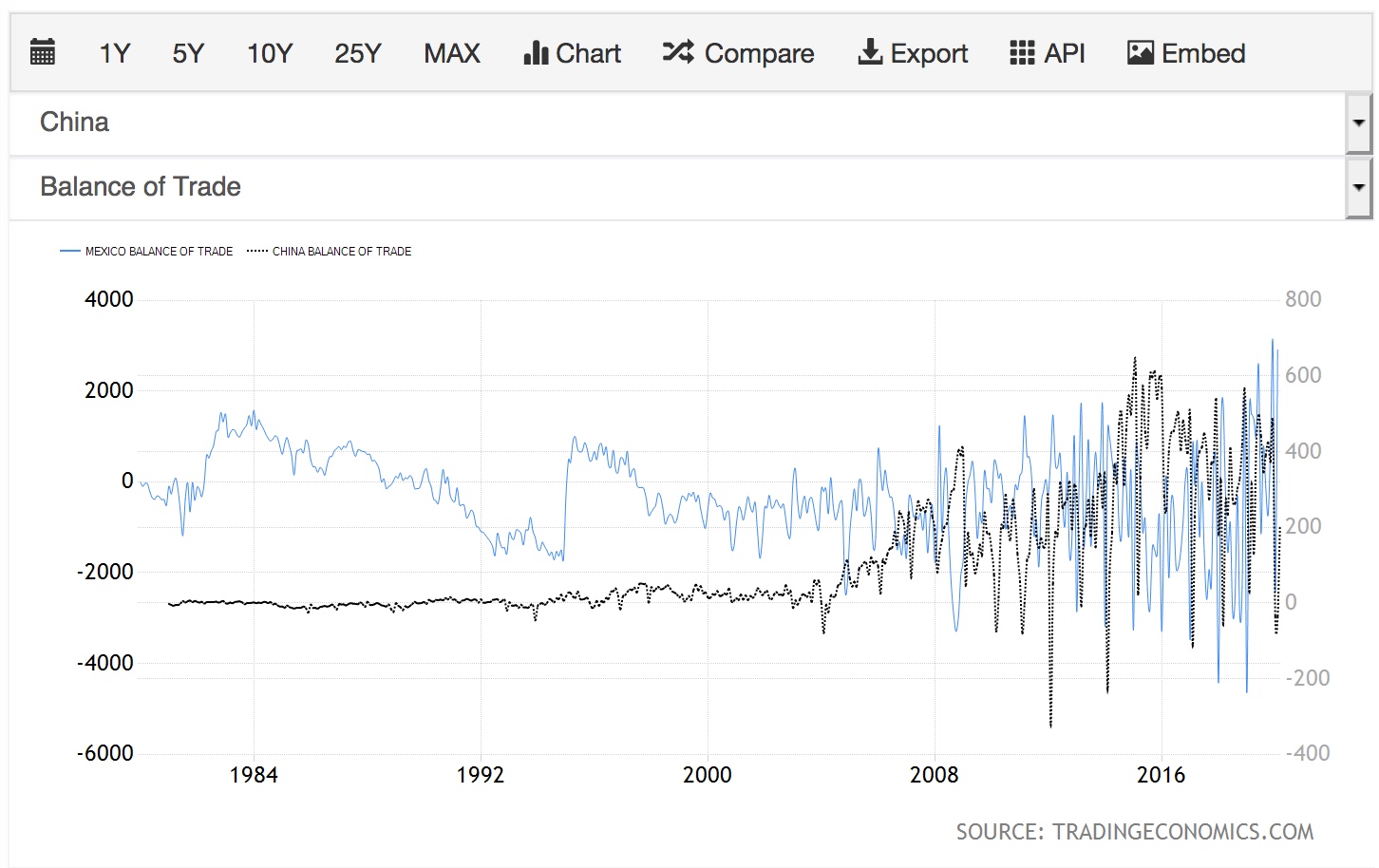come gather ’round vendors
wherever you roam
and admit that the methods
around you have grown
and accept it as truth
tech reviews set the tone
if your time to you
is worth savin’
then you better accept it
or you’ll sink like a stone
for the time’s they are a-changin’
come purchasers, sourcerors
rally the call
don’t stand in the doorway
don’t block up the hall
subjectivity
it will cause you to stall
there’s a battle outside
and it’s ragin’
it’ll shake up you platforms
and rattle your apps
for the times they are a-changin’
come buyers and sellers
throughout the land
don’t let vendors fault
what you can understand
as market assessments
are beyond our command
the old ways are
rapidly agin’
push those out of the new one
if they can’t lend their hand
for the times they are a-changin’
In case you haven’t figured it out, SolutionMaps launched last month to the delight of practitioners who can get a 100% unbiased tech. vs customer view, and the disdain of a handful of vendors who (complain for weeks because they) think we should take more subjective factors such as long-term roadmap, innovation, market size, customer size and complexity, product strategy, market strategy, etc. etc. etc. into account (so our maps will look more like the other tragic quadrant and grave reports).
While we all readily and wholeheartedly agree that these are all extremely important factors in your vendor selection, none of these are relevant in platform due diligence, which is the first thing you need to do before considering a vendor for your shortlist. (If the platform can’t do what you need it to do, it doesn’t matter how great the vendor’s organization is.) Since this is the hardest thing for a relatively non-technical Procurement (or Finance) person to do, this is what, and only what, we focus on — verifying that the foundations of the platform are solid and that key requirements for the module / suite functionality we evaluate are there. If a vendor platform gets a good analyst score, you can be sure it’s solid. If a vendor gets a good customer score, you can be sure the vendor has a history of delivering on what they promise and/or providing great service. If a vendor gets good analyst and customer scores, then, for their target market, they are a great fit.
However, as we make clear in this white paper on How to Use SolutionMaps, just because a vendor is great for their current customers in their target market, that doesn’t mean they’re great for you. If their target market is mid-size companies and you are a F500, or vice versa, then they might not be a good fit for you. That’s where you have to do your market research and focus your pre-qualification RFIs — on the business, market, services/support, and other non-tech factors that are relevant to you. With SolutionMaps you know that if a vendor does well, you don’t have to ask 500 feature/function questions in the pre-qualification RFI, only general questions about the vendor’s confidence and capability to support the key processes you are looking to digitize and automate.
Our goal in creating SolutionMaps (and the doctor led the creation of the majority of the common platform elements; the sourcing, supplier management, and analytics maps; and the first iteration of the CLM map, that has only changed about 30% since) was to flip the traditional technology platform RFI process in Procurement on its end as we saw too many companies focussing too much on tech (usually starting from free meaningless feature/function RFIs), which they didn’t know, and not enough on their business needs, which only they know. With SolutionMaps, they have confidence in the technical capability of the vendors, and can focus on everything else that’s important to their organization (and not the subjective whims of an analyst who has to rate a large number of relatively non quantifiable factors. Since all of the elements we evaluate have a pre-defined technical scoring scale, all analysts evaluate the technical capabilities equally and the maps are computed using pre-defined mathematical formulas with no analyst input whatsoever once the scoring is done).
In other words, the maps were designed to help you as practitioners identify a group of vendors to send a pre-qualification RFI to, not for vendors to use as marketing tools (but they certainly can, as it’s undisputable proof they have a great platform if they show up).
So, as you can imagine, after every release,
The Vendors They Are Complainin’


